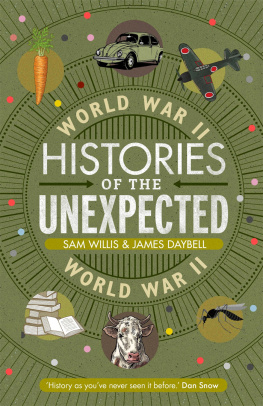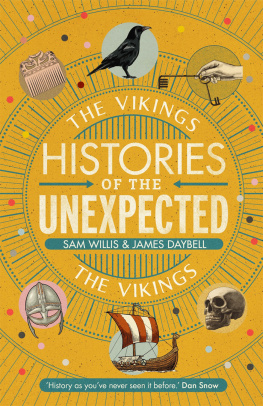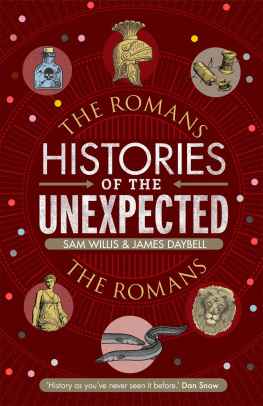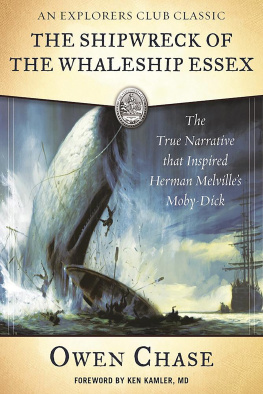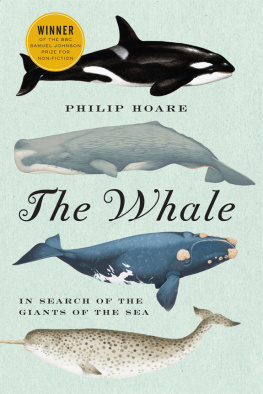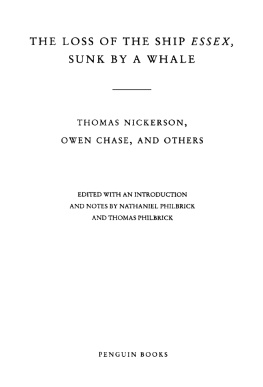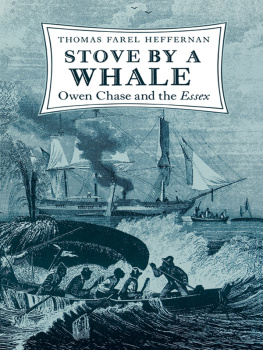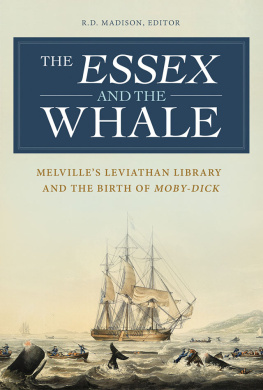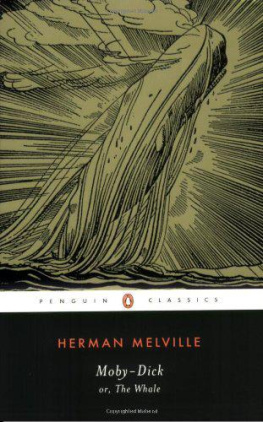Shipwreck
Dr Sam Willis is one of the worlds leading authorities on maritime and naval history. He is a visiting Fellow at the University of Plymouth and a Fellow of the Royal Historical Society. He has consulted widely on maritime affairs for clients including the BBC, Channel 4 and Christies. He is the author of several books on naval and maritime history, including the Hearts of Oak trilogy and the Fighting Ships series.
www.sam-willis.com
Shipwreck
A History of Disasters at Sea
Sam Willis


New York London
2008 by Sam Willis
All rights reserved. No part of this book may be reproduced in any form or by any electronic or mechanical means, including information storage and retrieval systems, without permission in writing from the publisher, except by reviewers, who may quote brief passages in a review. Scanning, uploading, and electronic distribution of this book or the facilitation of the same without the permission of the publisher is prohibited.
Please purchase only authorized electronic editions, and do not participate in or encourage electronic piracy of copyrighted materials. Your support of the authors rights is appreciated.
Any member of educational institutions wishing to photocopy part or all of the work for classroom use or anthology should send inquiries to Permissions c/o Quercus Publishing Inc., 31 West 57th Street, 6th Floor, New York, NY 10019, or to .
e-ISBN 978-1-62365-375-0
Distributed in the United States and Canada by
Hachette Book Group
1290 Avenue of the Americas
New York, NY 10104
www.quercus.com
Contents
Introduction
Methoughts I saw a thousand fearful wrecks; / Ten thousand men that fishes gnawd upon; Wedges of gold, great anchors, heaps of pearl, / Inestimable stones, unvalud jewels, All scatterd in the bottom of the sea. / Some lay in dead mens skulls, and in the holes / Where eyes did once inhabit, there were crept / As twere in scorn of eyes reflecting gems, / That wood the slimy bottom of the deep, / And mockd the dead bones that lay scatterd by.
WILLIAM SHAKESPEARE CLARENCES DREAM, RICHARD III ACT I: SCENE IV
In December 1799 an American ship was wrecked on the sandbanks that lie between the mouth of the River Mersey and the Irish Channel. The crew clung to the remains of their vessel, but there was only enough room for two of the eleven survivors to perch on the wreckage that was clear of the water. The two men who chose the exalted positions were the ships master and the only paying passenger. The rest of the crew did as best they could in the semi-submerged wreck, and the single black sailor aboard was forced to wait for rescue with only his head exposed. Fortunately rescue soon came, as their distress signal had been seen from nearby Hillberry Island. By the time that they were rescued, however, 23 hours after their ship had sunk, only nine remained alive. One account tells how the master and the paying passenger, both strong and healthy men and the only two men not submerged, had managed to grab hold of a keg of cherry brandy as the ship sank. The keg still contained the brandy-infused cherries which the two men promptly devoured. Both dropped dead within an hour or two.
The Enduring Fascination of Shipwrecks
That this story has survived is indicative of our longstanding fascination with shipwrecks. For contemporary sailors, the death of the two men was easily explained: their intoxication clearly hastened their death. Spirits, many sailors believed, fortified the body against the effects of heat, moisture and fatigue, but was always hurtful in severe and continued cold. Sailors also believed that wet clothes helped stave off thirst. On one hand, then, the story confirmed the sailors traditional beliefs and was retained and retold as proof. On the other, it served a much wider purpose as an allegorical story illustrating the evils of drink: it is exactly the kind of shipwreck story that so pleased a mid-Victorian audience high on the benefits of temperance. There are also echoes in the narrative of darker themes of racial prejudice and the privileges of wealth, which would further have encouraged its retelling. Still further, the original story fired a young doctor named James Curry with enthusiasm, for he fervently believed that the cherries had no bearing on either of the mens deaths. He determined to prove scientifically that shipwrecked sailors in wet weather and cold climates were better advised to stay submerged in salt water than to risk exposure in clothes drenched by fresh water. He published his detailed experiments in which he made a number of unfortunate young men endure freezing temperatures in various states of dress and for lengthy periods of time in the Transactions of the Royal Society of London in 1792. It makes extraordinary reading.
This single and relatively uneventful shipwreck therefore appealed greatly to a wide range of people for a number of unrelated reasons, and therein lies our timeless fascination with shipwreck, a fascination that has readily been met by authors, artists, historians and archaeologists for generations. It has been remarkably difficult, therefore, to select the shipwrecks for this book, quite simply because there are so many of significance to chose from. Nevertheless, I believed that there were some important requirements that had to be met. Iconic shipwrecks such as the Mary Rose and Titanic needed inclusion, but at the same time it was important to include less well known but equally significant wrecks, such as that of the Wilhelm Gustloff. Largely unknown outside the confines of maritime history, the Wilhelm Gustloff is by some margin the worst disaster in maritime history; almost six times more people died on the Gustloff than on the Titanic.
It was also important to provide both an even geographical and chronological coverage for periods that are traditionally lopsided, such as the Dark Ages. While many will have heard of the discovery of Viking ships, very few indeed know anything of the explosion of seafaring that was underway at the same time in Southeast Asia, and only recently is maritime archaeology beginning to answer so many of our questions for that period. Otherwise, I have been careful to include merchantmen, pirates and warships; ships and submarines; ships that were sunk through human folly, and ships that were sunk through warfare; individual wrecks and mass wrecks such as those at Scapa Flow, where 72 ships of the German High Seas Fleet were scuttled in the twilight of the First World War. In every case, however, the wrecks have been included because they say something important about global, rather than purely maritime, history. The Skuldelev ships, for example, are more than just a collection of Viking ships; their discovery revolutionized the way we understand the development of northern Europe itself under the Vikings. Similarly, the magnificent wreck of the Vasa is a powerful reminder of the importance of Baltic seapower in the development of early modern Europe, all too often overlooked by history. The Indianapolis, wrecked at the very end of the Second World War, is usually remembered for the hundreds of men taken by sharks as they drifted across the Pacific, but her story is intricately linked with the explosion of the first-ever atomic bomb. Finally, the sinking of the Russian submarine Kursk in 2000 says as much about the decline of post-Soviet Russia and international relations after the Cold War as it does about the deaths of her brave crew.



